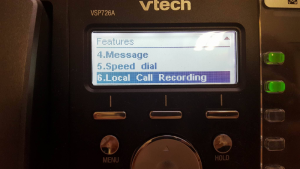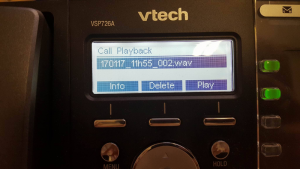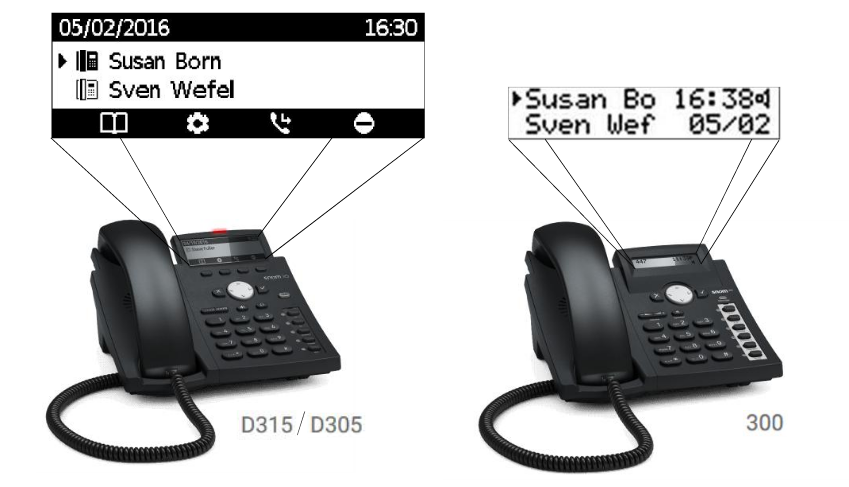
Did you know 3CX can now be integrated with Skype for Business Windows clients? Thanks to 3CX’s new integration announcement, licenses can now be easily deployed for Skype for Business users.
What does this mean?
The new integration announcement means Skype for Business users can now dial out via 3CX from their Skype for Business Windows client. With a simple 3-step installation process, the new 3CX plugin is designed to work with the Windows client for both hosted or Office 365 users and comes free of charge with any Pro or Enterprise licenses.
For more information please see 3CX’s website.
Still to become a 3CX Partner?
To register to become a 3CX partner, simply complete their online registration form – don’t forget to select ProVu as your preferred distributor!

















